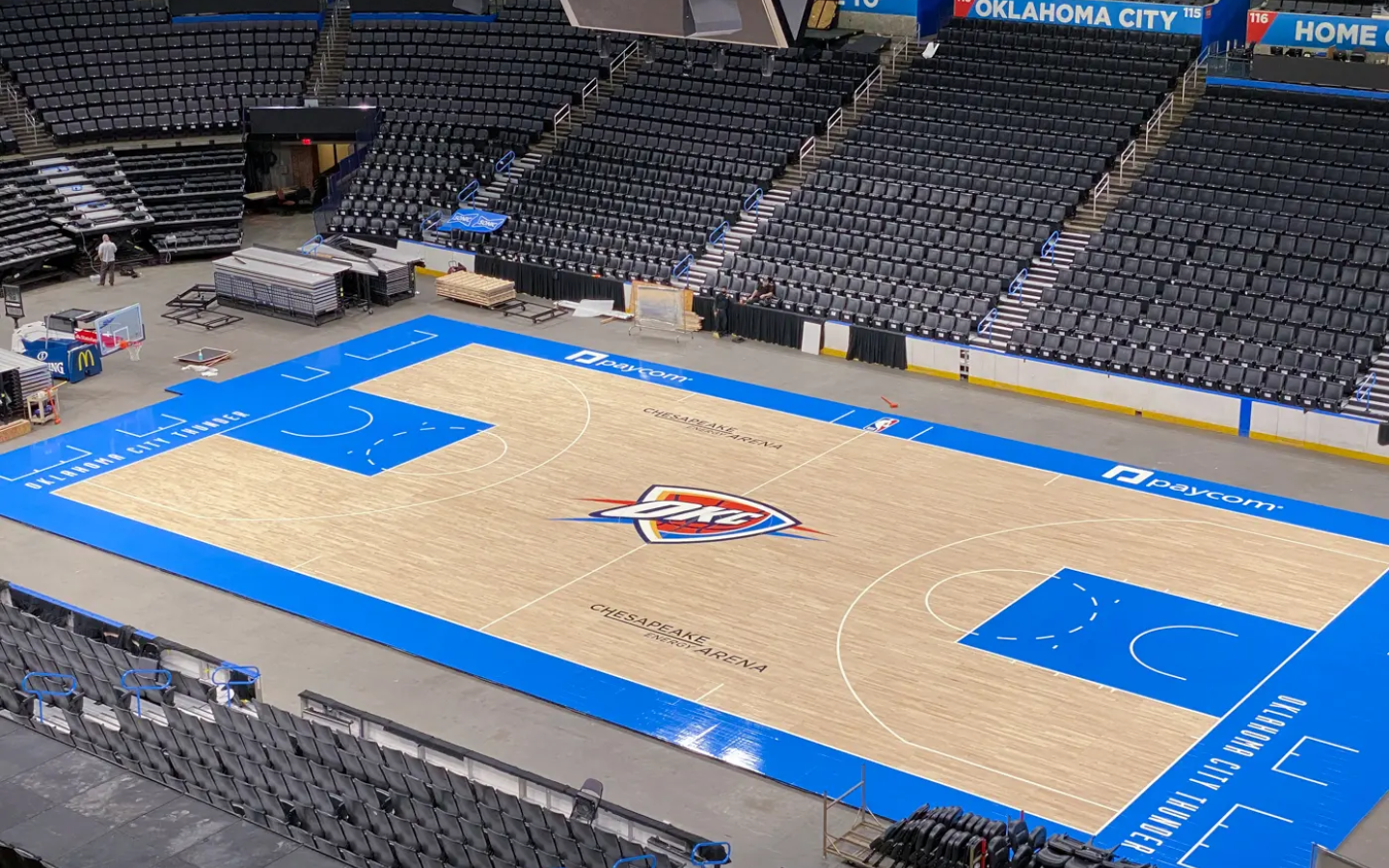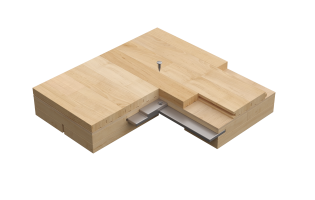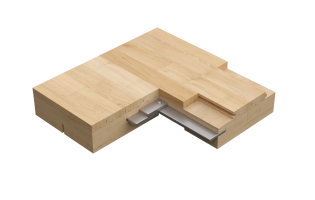
NBA & WNBA Basketball Court Flooring
Learn More about our Portable SystemsConnor® Sports Where Champions Play
NBA and WNBA Champions Prefer Connor® Sports Flooring
Decade after decade of NBA or WNBA seasons, Connor® Sports has proven to be the preferred hardwood surface that teams want to play on. From preseason practices to heart throbbing playoff games; Connor® Sports hardwood flooring systems have prepared some of the greatest teams to ever play the game.
The hardwood court floor is designed to provide durability and performance while also enhancing visibility for players and spectators alike. The dimensions of an NBA or WNBA basketball court are standardized at 94 feet long and 50 feet wide, with a backboard height of 10 feet.
Basketball court floors are made of high-quality hardwood, specifically maple wood. The unique pattern of light and dark wood on the floor enhances visibility, making it easier for players to see the ball as it moves across the court. This design also adds aesthetic value to the arena.
The process of creating an NBA or WNBA court floor involves several steps. First, design plans and architectural drawings are sent to the installing contractor. Then a sub-floor system is installed that provides the most athletic benefit and safety characteristics for the teams competing. After the sub-floor is in place, MFMA approved maple hardwood planks are secured to the sub-floor. After careful selection and arrangement, specific to the arena or practice facility, the court is then sanded down to create an even, smooth surface.
Once the hardwood surface has been installed, it is painted with lines and markings according to NBA regulations. These markings include free throw lines, three-point lines, and half-court lines; outside of NBA or WNBA specific lines needed to meet the league's rules and regulations.
Because most NBA or WNBA teams share arenas, teams often use a portable basketball flooring system. These are built to meet specific safety and loading requirements at the mill in Amasa, MI before being sent to a finishing contractor for sanding, painting and sealing. The individual panels are then stacked, wrapped, and shipped to the arena for installation. Most portable basketball flooring systems can be installed in under 2 hours by a crew of 4-6 men and women.
The cost and time scales involved in creating an NBA or WNBA court can vary depending on factors such as location, materials used, and labor costs.
Quicklock™ Portable Hardwood Sports Flooring Systems
Materials Used for NBA or WNBA Basketball Court Flooring
Solid hardwood is a clear choice.
Not only is it durable and shock-absorbent, but it also provides consistent ball bounces. This is why you'll find that every NBA or WNBA basketball court is made of hardwood flooring.
The variations in design are specific to each facility, either by installing and removing a portable hardwood flooring system or a permanent hardwood sports flooring system installed at a practice facility.
Maple Flooring: The Most Popular Choice
While hard maple is the species of wood that's most commonly used for basketball floors, it's specifically the most popular choice for NBA courts.
Maple flooring is the go-to wood for NBA and WNBA basketball floors. There are a few reasons why this type of wood is preferred over others, especially by FIBA for their basketball floors. However, it's worth noting that maple flooring is not just limited to basketball – it's also a great option for volleyball courts.
- It's dense and hard, which means it can withstand the wear and tear that comes with constant use.
- It has a light color and uniform grain pattern, which makes it ideal for painting lines on the court.
- It has a fine texture, which means that players won't slip or slide on the surface of the hardwood flooring. The solid hardwood used for the hardwood floors provides a sturdy and durable foundation for any athletic activity.
Of course, not all maple flooring is created equal. To ensure that each court meets NBA and WNBA standards, the wood must be carefully selected and processed. This is why Connor® Sports is a proud member mill of the MFMA, who establishes strict regulations to provide the best possible maple flooring to be used for any hardwood sports surface.
Indoor Basketball Court Flooring
Performance and Safety
It's not just about having a surface to play on, but rather ensuring that the surface is designed specifically for basketball players to perform at their best while minimizing the risk of injury.
The NBA and WNBA have strict regulations with hardwood floors being the main choice for their courts. This type of flooring provides an ideal combination of durability, shock absorption, and ball bounce consistency. The quality of the hardwood used can greatly impact the overall performance of players on the court.
But it's not just about the material used; proper installation and maintenance are equally important. A well-maintained court can provide better traction, reducing the likelihood of slips and falls. Regular inspections can identify any potential hazards such as loose boards or cracks in the floor before they become a safety issue.
NBA floors are replaced every ten years, per league standards, so keeping them in the best shape possible is best for eliminating any chance of unnecessary injury. NBA and WNBA competition floors are generally portable hardwood flooring systems for ease of install and removal, so maintenance of these floors and specific panels is critical to player safety.



